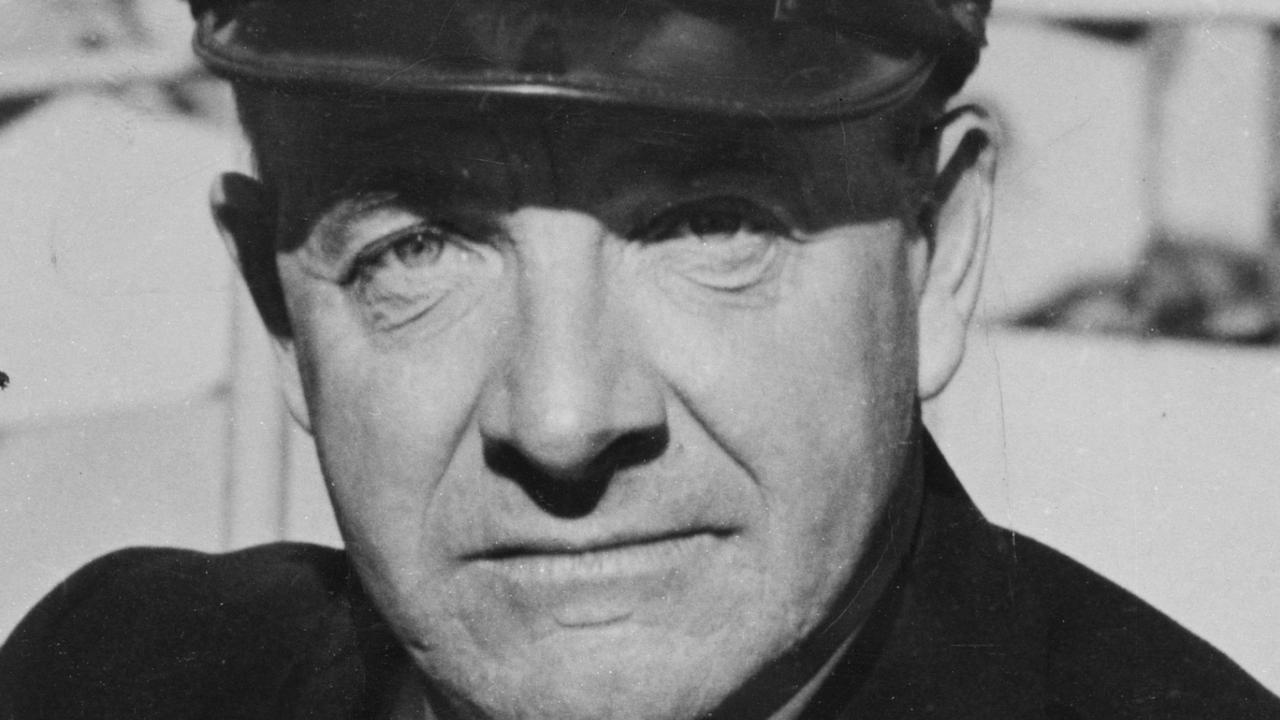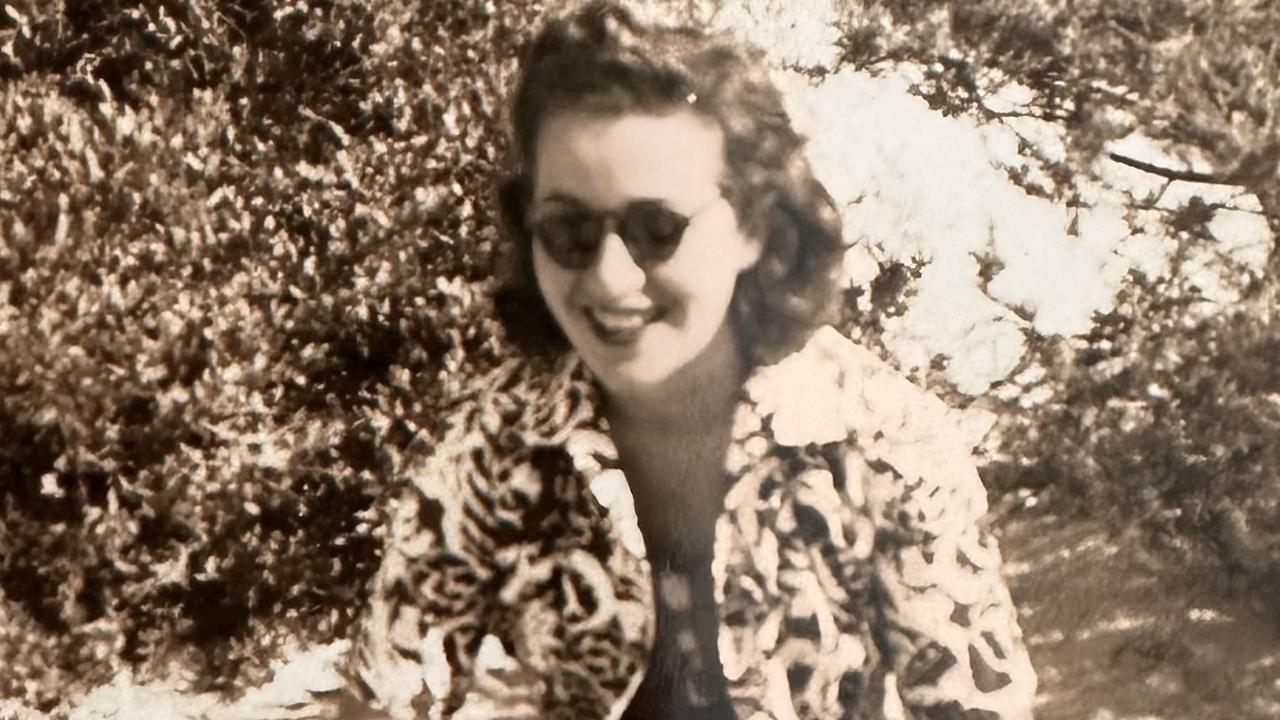Harper Lee plots her way out of book world’s select club
TO Kill A Mockingbird author Harper Lee is finally breaking out of literature’s select club.

Today in History
Don't miss out on the headlines from Today in History. Followed categories will be added to My News.
While authors such as Charles Dickens make writing novels look easy, producing a string of works that sell millions and win numerous accolades, others struggle to publish just one good book.
American author Harper Lee used to be a case in point. In 1960 she published To Kill A Mockingbird. But despite its best-selling, critical acclaim and beloved status, she failed to follow up with another book. Now it has emerged Lee will finally publish again: a sequel titled Go Set A Watchman. Set 20 years after the action of To Kill A Mockingbird, it was actually written first but has been lost since the 1950s.
While Lee may be about to break the curse of the literary “one-hit wonder” there have been plenty of writers in history who couldn’t.
A standout in this select company is English author Emily Bronte. Her older sister Charlotte published three novels in her lifetime, the most famous of which was Jane Eyre (others were published posthumously), and younger sibling Ann published two. But Emily only managed one, Wuthering Heights, in 1847, before she became the first of the sisters to die, in 1848. There is some evidence she was working on a second book when she died from tuberculosis, but no manuscript has been found.
Anna Sewell suffered from ill health while writing Black Beauty. It was published in November 1877 and she died in April 1878, depriving us of any more novels.
Often credited with being Australia’s first novelist, author Henry Savery was another one-hit wonder. Transported to Van Diemen’s Land in 1825 for forgery, Savery wrote a series of factual articles for a newspaper on life in Hobart, which were collected into the 1829 book The Hermit Of Van Diemen’s Land. He then wrote the novel Quintus Servinton using his experiences as inspiration and published anonymously in three volumes from 1830 to 1831.
Savery got his ticket of leave in 1832 but his last decade was marked by debt, alcoholism and another conviction for forgery. He died in 1842 without writing another novel.
Australian writer Tom Collins, better known by his nom de plume Joseph Furphy, published his bestseller Such Is Life in 1903. A fictionalised account of life in rural Australia in the 19th century, it remained in print long after his 1912 death. Two novels published posthumously — Rigby’s Romance (1921) and The Buln-Buln And The Brolga (1948) — were actually mat-erial excised from Such Is Life. Later editions of Such Is Life had this material worked back into the text.
Russian poet Boris Pasternak, born in 1890, worked on his sweeping saga Dr Zhivago from at least the 1920s until the ’50s between publishing editions of his poetry.
When he finally submitted the novel to a Russian publisher in 1956 it was rejected for its negative depiction of the Revolution.
It was smuggled out of Russia to be published in 1957. It earned him the 1958 Nobel prize but it also saw him criticised and ostracised in his homeland. He died in 1960 without writing another novel.
The fame that Gone With The Wind (1936) brought to American former journalist Margaret Mitchell left her with little time to research and write another novel.
A 1937 Pulitzer Prize and the enormously successful 1939 film adaptation starring Vivien Leigh and Clark Gable kept her busy making public appearances and later working for charities.
She died after being struck by a car in 1949. A novel written when she was 15, titled Lost Laysen, remained undiscovered for decades and was published in 1996, but was generally considered inferior.
Catcher In The Rye (1951) was Jerome David “J.D.” Salinger’s only novel published in his lifetime. Despite becoming an instant classic, Salinger would only publish shorter works in the ’50s and ’60s but no novels, living as a recluse until his death in 2010.
African American author Ralph Ellison published his one great novel Invisible Man in 1952 and spent years working on a second novel. Part of the manuscript was destroyed in a fire in 1967 and the novel Juneteenth remained unfinished when he died in 1994. The manuscript was published in 1999.
Australian writer Helen Demidenko claimed Ukrainian ancestry when she released her sensational first novel The Hand That Signed The Paper, published in 1994 to acclaim and major awards. These were rescinded when it was discovered Demidenko was really Helen Darville and not of Ukrainian heritage. The work was discredited and Darville never wrote another novel.
Originally published as Harper Lee plots her way out of book world’s select club


